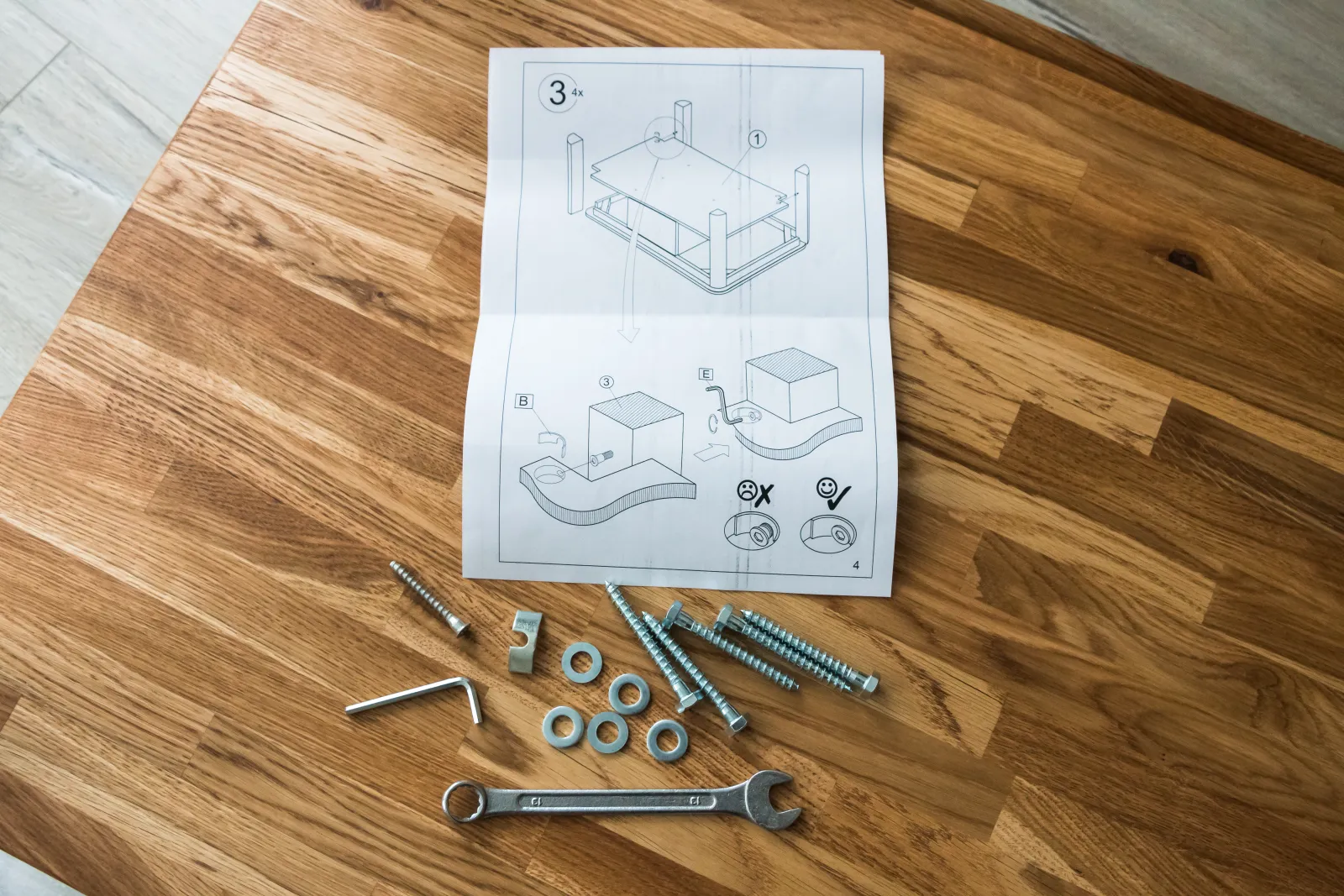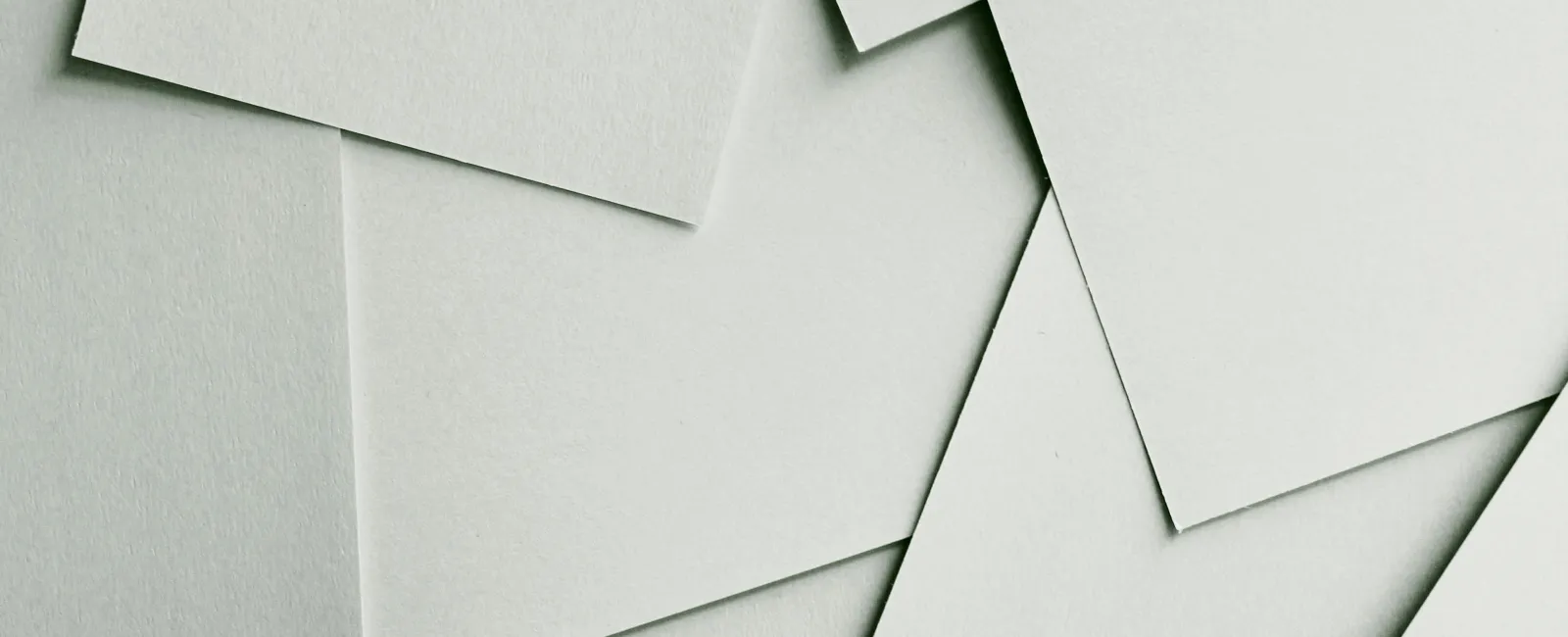What is 80# Uncoated Paper?
80# uncoated paper is a thick, durable paper stock without a glossy finish, ideal for print products where a natural texture and readability are desired.
In the world of printing, the choice of paper can significantly impact the final look and feel of your project. One term that frequently pops up in quotes and discussions is "80# Uncoated." But what does it really mean, and why should you consider it for your next print job? Let's dive into the details.
The term "80# Uncoated" refers to a specific type of paper stock used in printing. Here's a breakdown of what it signifies:
80# (80-pound weight): This number indicates the paper's basis weight. In simple terms, it means that a ream of this paper (500 sheets) in its basic size (usually 25" x 38" for text paper) weighs 80 pounds. This weight gives the paper a substantial feel without being overly thick or bulky.
Uncoated: Unlike coated papers, which have a smooth finish due to a coating (such as glossy or matte), uncoated paper lacks this surface treatment. As a result, it has a more natural, slightly textured feel. This makes uncoated paper more absorbent, which can influence how ink interacts with the paper during printing.

Why Choose 80# Uncoated Paper?
The choice of uncoated paper can be a deliberate one, depending on the type of project you're working on. Here are some reasons why 80# Uncoated might be the perfect fit:
A Tactile Experience: Uncoated paper offers a more organic, tactile feel compared to its coated counterparts. This is especially appealing for projects like letterheads, business cards, and certain brochures where a traditional or professional appearance is preferred.
Natural Look: Because uncoated paper doesn't have a reflective surface, the printed colors may appear more muted. However, this can be a desirable effect if you're aiming for a more understated, elegant look.
Readability: The slight texture of uncoated paper can enhance readability, making it a great choice for text-heavy documents like reports, books, or informational brochures.
Common Uses for 80# Uncoated Paper
Given its unique characteristics, 80# Uncoated paper is commonly used for a variety of printing projects. Some of the most popular applications include:
Maps: The tactile quality and appearance of uncoated paper make it an excellent choice for creating detailed, professional maps.
Business Cards: For those who prefer a business card with a more textured, classic feel, 80# Uncoated paper is an excellent option.
Stationery: From envelopes to notepads, uncoated paper is often used for personalized or branded stationery items.
Instructional Sheets: The uncoated finish provides a non-glare surface, making it great for instructional materials and menus.
Things to Consider
While 80# Uncoated paper has many advantages, there are a few things to keep in mind:
Ink Absorption: Because uncoated paper is more absorbent, the ink tends to soak in rather than sit on the surface. This can result in colors that are less vibrant than those printed on coated paper. However, this effect can also lend a sophisticated, vintage look to your prints.
Durability: While 80# paper is sturdy, it's not as thick as some heavier-weight papers. If your project requires a more robust paper stock, you might want to consider heavier uncoated options or coated papers depending on your specific needs.
Conclusion
Choosing the right paper is crucial to the success of any print project, and understanding what "80# Uncoated" entails can help you make an informed decision. Whether you're printing business cards, letterheads, or brochures, this paper stock offers a perfect blend of professionalism, tactile appeal, and a natural, authentic look. The next time you're reviewing a printing quote, you'll have a clear understanding of what 80# Uncoated paper brings to the table and how it can enhance your project.




